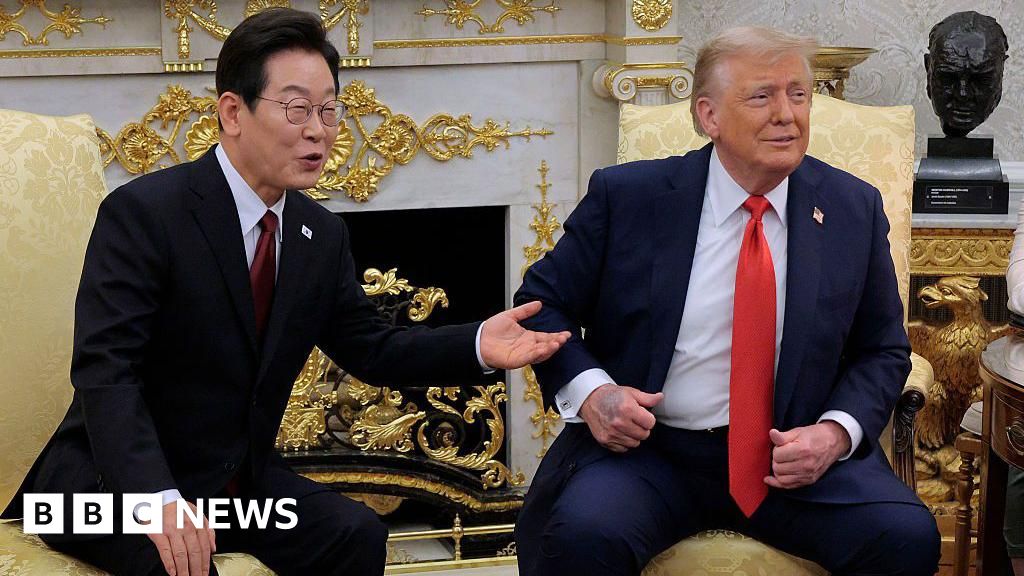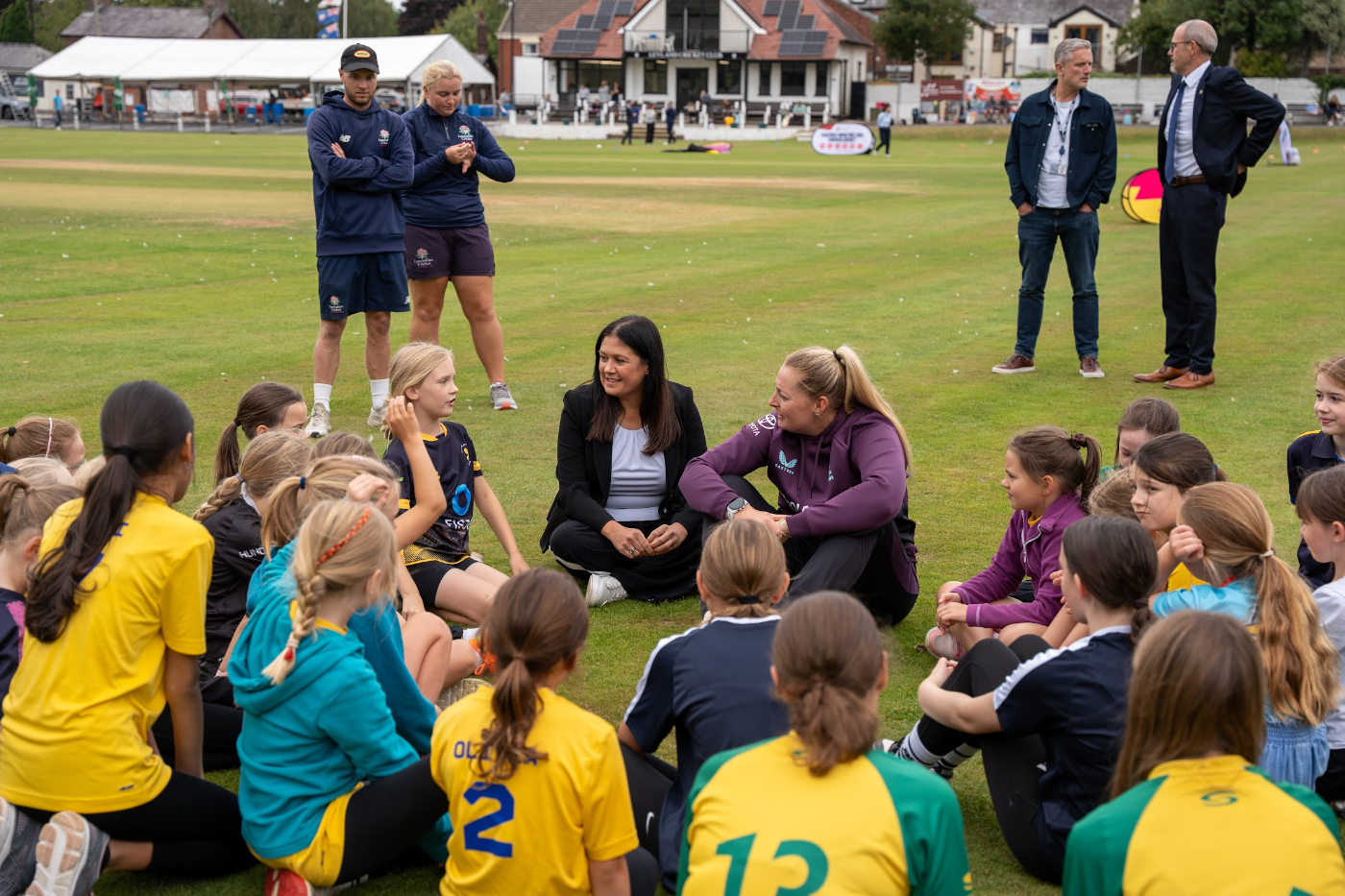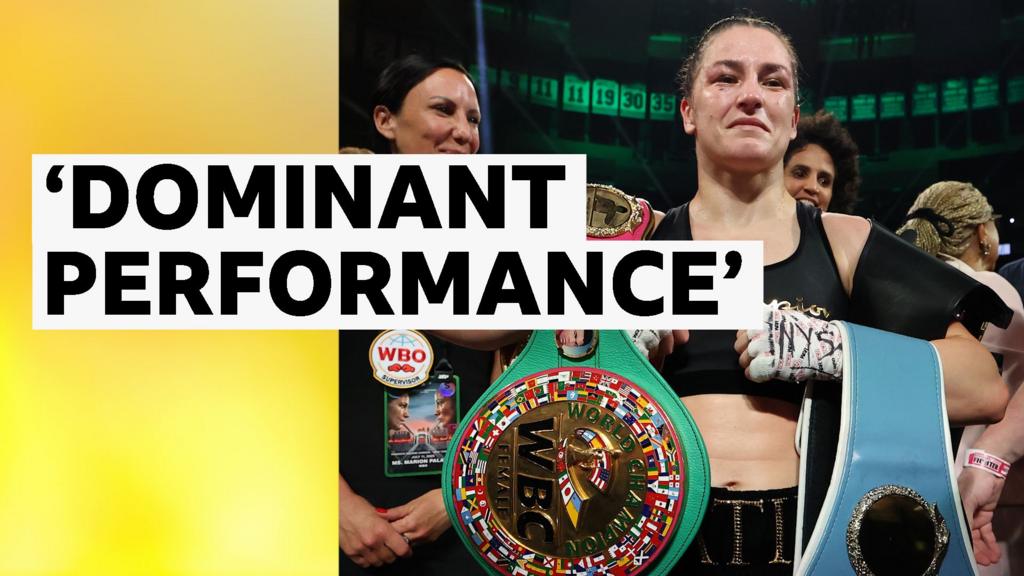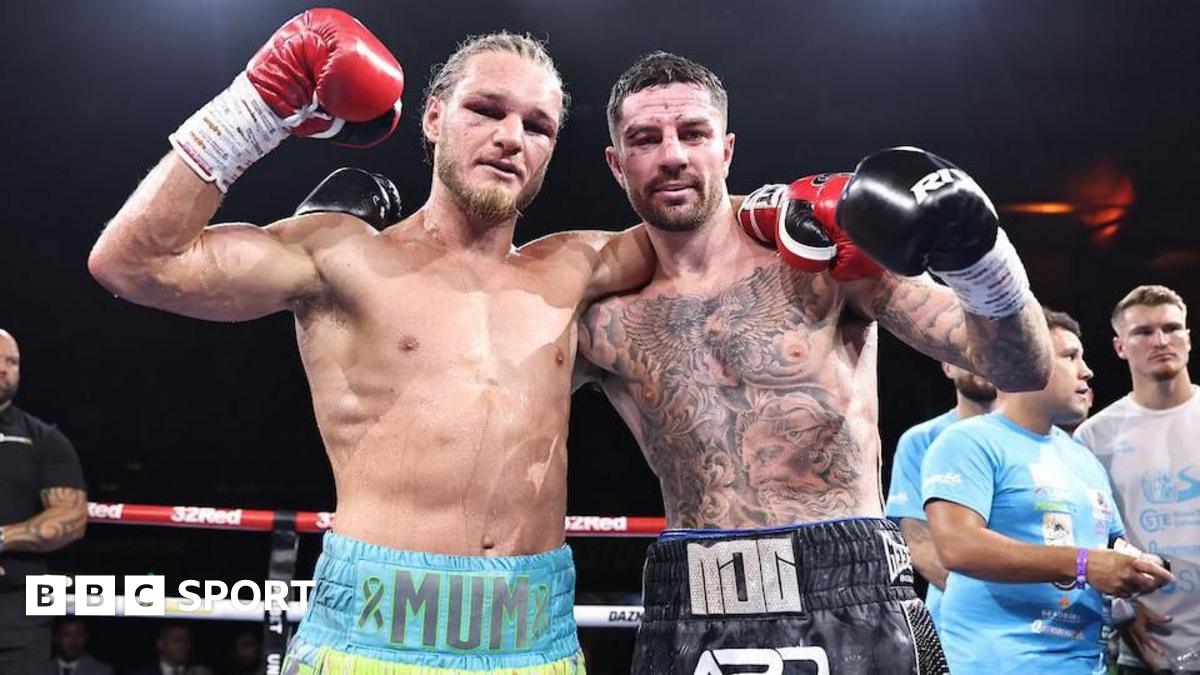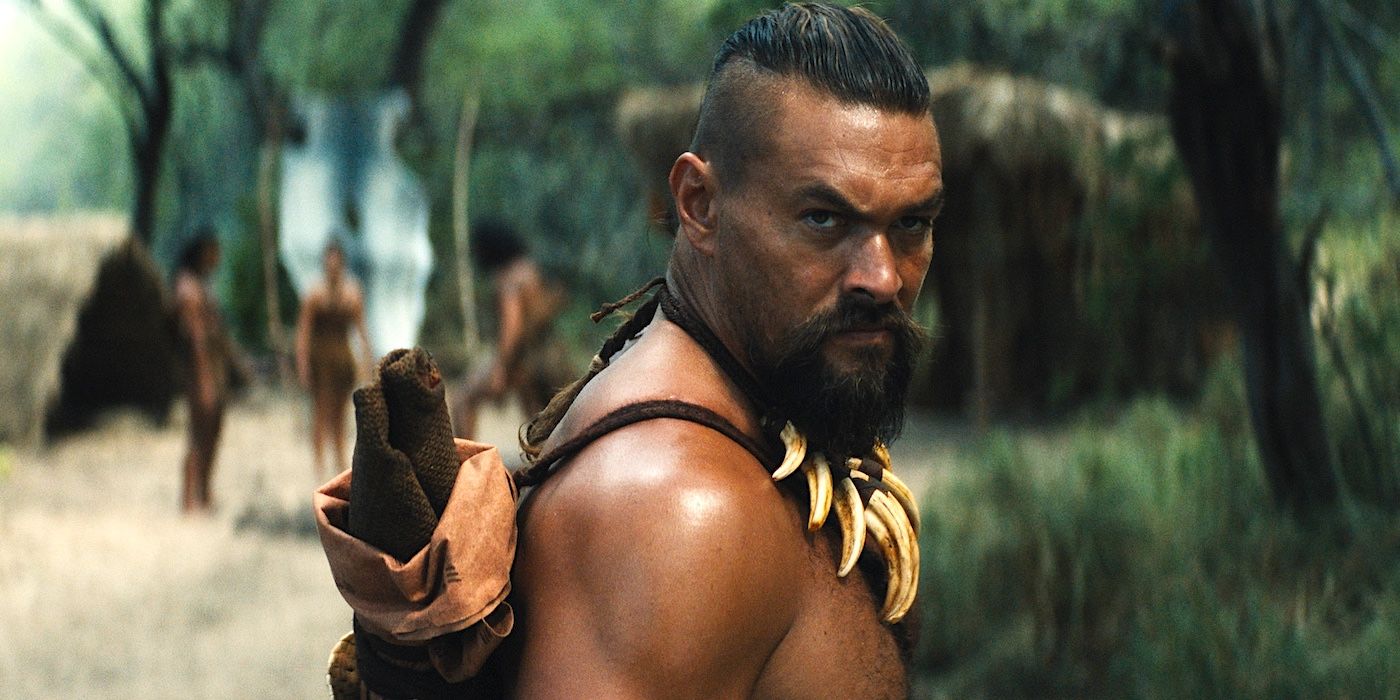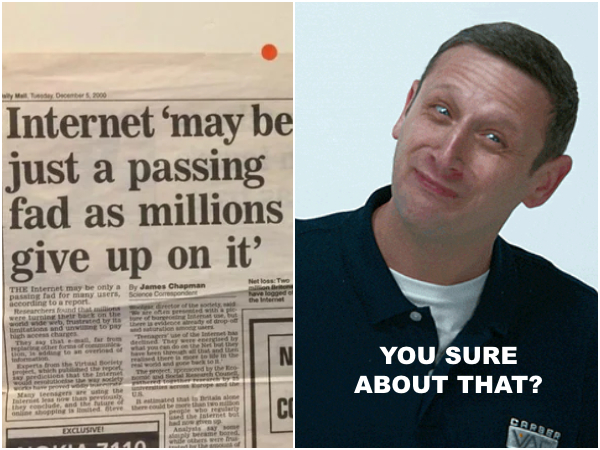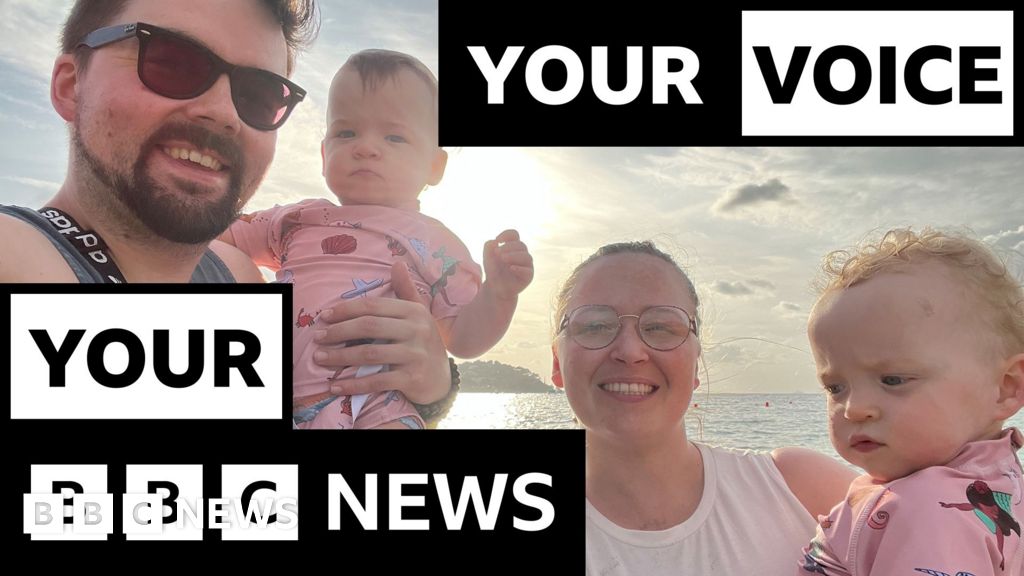7 things I learned when I started building for the real user

Product strategy is often shaped by people who don’t use the product.
According to the 2025 State of Product Management Report, 31% of product professionals say their roadmap is driven mostly by senior leadership. And while those voices matter, they often overshadow the user.
As a product company, we used to assume people would always show up as their best selves and follow every feature flow as intended. Trial and error taught us to stop building for ideal behavior.
Here are seven core principles we follow and why empathy, not perfection, is at the heart of great products.
1. User personas (almost) never work
In product development, we love personas. And somehow, they always turn out to be self-disciplined, goal-oriented, and conveniently enthusiastic about whatever we’re trying to sell.
Personas are meant to make product decisions easier. In reality, they often do more harm than good by oversimplifying messy humans into tidy stereotypes.
If “Emily the marketer” never skips a workout and welcomes every new feature because she loves change, then our product roadmap looks promising. The real Emily, though, is busy and unmotivated. She’s skeptical, too, because she’s been pitched self-improvement from every screen she looks at.
I’m not encouraging you to ditch personas altogether. But instead of writing a fictional biography for a stock photo model, find real users who represent your key segments.
One of those users for us is Dora, a 35-year-old woman from Texas. Whenever someone on the team suggests incorporating AI or Web3, I ask, “Will this help Dora?” Dora doesn’t really need the latest in tech. She needs support with motivation, emotional eating, and long-term habits. That’s who we build for.
2. Build with real users in mind
It all starts with a mindset shift that lets go of perfection. We need to meet people where they are, not where we wish they’d be.
For a wellness app, that means designing for those who skip workouts, forget to log meals, and lose motivation halfway through. We need to help them make progress even on their worst days.
3. Solve a real problem
No pain, no sale. Call it a rule or the first building block of any product.
Start with a problem many people face. Then, use tech and design to solve it, not the other way around.
I grew up in a small town with limited access to wellness resources. Later, at the peak of my corporate career, I was stuck in a lifestyle that left me exhausted and unfulfilled.
When you’re going through something yourself, you become more attuned to seeing it in others. So I began to notice how many people were searching for a simple and effective way to get healthier. The first version of BetterMe: Health Coaching was born out of that shared struggle.
4. Put empathy behind every data point
Data drives every decision we make. We track retention, drop-off points, emotional response, UX conflicts, and more.
These metrics tell you what’s happening inside the product. Real users tell you why.
Ultimately, the goal is to look at the data through the empathy lens and see the real people, striving to lead healthier lives.
That lens helped guide many of our best product decisions.
While looking for ways to better motivate users to stick with their routines, we spotted a pattern. Those who bought BetterMe fitness equipment had higher 7- and 30-day retention and spent more time in the app. We built around that moment, syncing workouts to equipment and expanding the product line. The result was a win-win: healthier outcomes for users, higher long-term value for the business.
5. Listen all the way through
Users are constantly giving feedback. You just have to be willing to hear them out.
Look everywhere: Amazon and App Store reviews, Reddit, Facebook Groups, helpdesk tickets. If you’re truly listening, even a quick comment can lead to meaningful product improvements.
When we launched our iconic catsuit—a sleek, sculpting bodysuit—it was an instant hit. Most users loved the product, but one piece of feedback kept coming up: “How do you go to the bathroom in this?”
A seemingly minor inconvenience for a few revealed a usability issue. So we created the Catline collection with the same signature look, but redesigned as separate tops and leggings for greater flexibility.
6. Build minimum viable solutions, not minimum viable products
Many product teams view MVPs as scrappy versions on the path to a final product. I think of them as diagnostic tools to test ideas quickly and decide whether something is worth building at all.
Skip the over-polishing and launch useful and straightforward solutions. What you’re looking for is proof that your idea solves a real problem for real people.
BetterMe’s first MVP was a single scroll with video workouts and meal plans. No push notifications, streaks, or gamification. It got us 100,000 downloads in 10 days. The app resonated with people because it reduced decision fatigue and told them exactly what to do next.
That MVP defined one of BetterMe’s core principles: Simplicity always wins.
7. Success starts with 95% of the wrong ideas
In the first two years, we built everything from running programs to sleep trackers and meditation apps. Roughly 95% of those products didn’t take off. But every flop revealed something the wins couldn’t: things that don’t fit into people’s lives.
We stopped trying to “fix” users and started designing tools that work with real habits and real motivation levels.
So test relentlessly.
Learn from everything.
Stay humble enough to admit you don’t truly know your user. Because we humans are unpredictable by design.
Victoria Repa is CEO and founder at BetterMe.
What's Your Reaction?
 Like
0
Like
0
 Dislike
0
Dislike
0
 Love
0
Love
0
 Funny
0
Funny
0
 Angry
0
Angry
0
 Sad
0
Sad
0
 Wow
0
Wow
0




